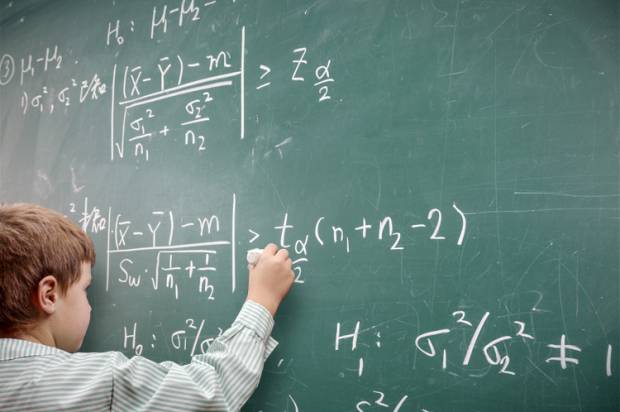Sunday, March 30, 2014
NFL and NBA should organize their own minor leagues and stop parasitizing and distorting higher-ed...,
By
CNu
at
March 30, 2014
0
comments
![]()
Labels: institutional deconstruction , play-at-your-level , The Hardline , truth
Wednesday, March 12, 2014
sissy pit pretends a hissy fit, but who is calling the tune?
By
CNu
at
March 12, 2014
0
comments
![]()
Labels: disinformation , kayfabe , play-at-your-level
Wednesday, February 26, 2014
intellectually strong use pied pipers and digital snipers to herd and control the intellectually weak
By
CNu
at
February 26, 2014
18
comments
![]()
Labels: Livestock Management , Pimphand Strong , play-at-your-level
Saturday, February 08, 2014
is realness in need of redefinition?
By
CNu
at
February 08, 2014
16
comments
![]()
Labels: deceiver , play-at-your-level , Strict Father
Tuesday, December 17, 2013
ashy medieval help getting out of pocket...,
It has removed security from around the U.S. Embassy in the leafy Chanakyapuri district of New Delhi. India has also reportedly asked for the visa and bank account details of all teachers working at U.S. schools in the country to determine whether they’re paying tax or not.
By
CNu
at
December 17, 2013
2
comments
![]()
Labels: peasants , play-at-your-level
in math and science, the best fend for themselves...,
By
CNu
at
December 17, 2013
0
comments
![]()
Labels: edumackation , play-at-your-level
no math gene
By
CNu
at
December 17, 2013
0
comments
![]()
Labels: edumackation , play-at-your-level
Thursday, October 03, 2013
that's not autism, it's simply a brainy, introverted boy
By
CNu
at
October 03, 2013
0
comments
![]()
Labels: ability , helplessness , play-at-your-level , relationship management
Saturday, September 07, 2013
careful playing with that magic box eugene...,
By
CNu
at
September 07, 2013
0
comments
![]()
Labels: cognitive infiltration , History's Mysteries , play-at-your-level , subrealist oeuvre...
Monday, September 02, 2013
everything else is merely conversation...,
Further, we know that the region of the fourth dimension (again, if it exists) is not only unknowable for our psychic apparatus, but is inaccessible in a purely physical sense. This must depend not on our defects, but on the particular properties and conditions of the region of the fourth dimension itself. It is necessary to examine what these conditions are, which make the region of the fourth dimension inaccessible to us, and to find the relation between the physical conditions of the region of the fourth dimension and the physical condition of our world. And having established this, it is necessary to see whether in the world surrounding us there is anything similar to these conditions, that is, whether there are any relations analogous to relations between the region of three dimensions and that of four dimensions.
By
CNu
at
September 02, 2013
2
comments
![]()
Labels: as above-so below , play-at-your-level , stay-in-your-lane
Self-Proclaimed Zionist Biden Joins The Great Pretending...,
Biden, at today's Holocaust Remembrance Ceremony, denounces the "anti-Semitic" student protests in his strongest terms yet. He...
-
theatlantic | The Ku Klux Klan, Ronald Reagan, and, for most of its history, the NRA all worked to control guns. The Founding Fathers...
-
Video - John Marco Allegro in an interview with Van Kooten & De Bie. TSMATC | Describing the growth of the mushroom ( boletos), P...
-
Farmer Scrub | We've just completed one full year of weighing and recording everything we harvest from the yard. I've uploaded a s...



